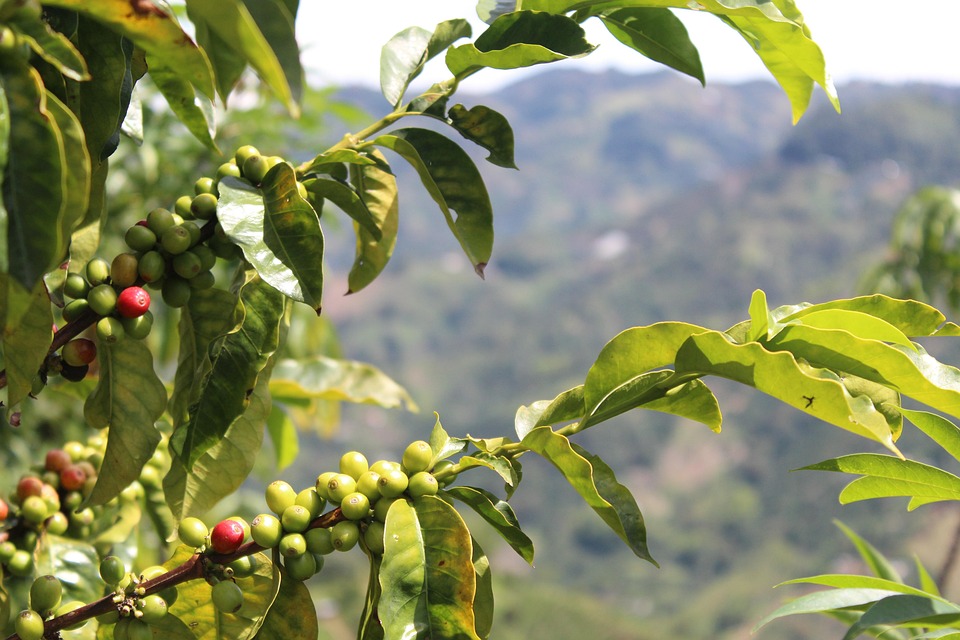# Feeding the Future: Sustainable Farming as a Solution to Global Hunger
Imagine a sun-soaked morning on a lush, self-sustaining farm nestled in the hills, where the air is filled with the sound of buzzing bees and the melodic chirping of birds. As I step out to collect eggs from the chickens, I’m reminded of why I fell in love with growing my own food. Each day offers a new opportunity to reconnect with nature and produce nourishing meals. Sustainable farming isn’t just a hobby; it’s a way of life that can be our beacon of hope for solving global hunger. Let’s explore how sustainable practices can reshape our food systems and ensure food security for future generations.
## Understanding Sustainable Farming
Sustainable farming is an agricultural approach that focuses on producing food in an environmentally friendly way while ensuring the efficiency and viability of resources. It emphasizes crop rotation, biodiversity, and organic practices, fostering a holistic connection between the land and the communities it supports.
### The Global Hunger Situation
According to the United Nations, nearly 690 million people worldwide are undernourished. The challenges posed by climate change, population growth, and economic disparities compound the issue of hunger. Conventional farming methods often exploit land, leading to soil depletion and biodiversity loss, which makes our food systems less resilient to global challenges. Sustainable farming, however, offers innovative tools and methods to counter these issues, creating a more balanced and equitable food system.
## Benefits of Sustainable Farming
1. **Soil Health**
Healthy soil is the foundation of successful farming. Sustainable practices like crop rotation and cover cropping enrich the earth, fostering a diverse ecosystem where beneficial microorganisms thrive. This biodiversity results in healthier plants, which translates to more nutritious food for our tables.
2. **Water Conservation**
Sustainable farming techniques, such as rainwater harvesting and drip irrigation, can significantly reduce water waste. By conserving water, we not only enhance our farming operations but also develop resilience against future droughts.
3. **Biodiversity**
Embracing a diverse array of crops allows for natural pest control and reduces the risk of total crop failure. By planting heirloom varieties and multiple species, farmers can contribute to the preservation of genetic diversity.
4. **Carbon Capture**
Innovative practices like agroforestry—a method that integrates trees and shrubs into agricultural land—help capture carbon dioxide from the atmosphere. This not only mitigates climate change but also enhances soil quality.
5. **Economic Viability**
Sustainable practices can often lead to a reduction in input costs. By utilizing natural fertilizers, creating compost, and relying less on chemical pesticides, farmers can save money while producing better quality crops.
## Innovative Sustainable Practices
### 1. Permaculture
Permaculture is a design philosophy that mimics natural ecosystems to create productive landscapes. It incorporates principles like diversity and interdependence to reduce labor and maximize yield. By designing farms this way, we can create systems that are not just productive but also self-sustaining.
### 2. Vertical Farming
With urban populations on the rise, space for traditional farming is dwindling. Vertical farming offers a creative and sustainable solution. By utilizing skyscrapers or shipping containers to grow crops, we can produce food in urban areas while reducing transportation emissions.
### 3. Community Supported Agriculture (CSA)
CSAs connect farmers directly with consumers, fostering strong local food networks. Members buy shares of the harvest, providing farmers with upfront capital and minimizing food waste as members receive fresh produce throughout the season.
### 4. Agroecology
Agroecology blends traditional agricultural practices with modern science, focusing on sustainable land management and ecosystem conservation. It promotes the use of local resources, minimizing chemical inputs and enhancing community knowledge.
### 5. Organic Farming
The organic farming movement champions avoiding synthetic inputs in favor of natural fertilizers, pest control methods, and crop rotations. Organic practices not only improve soil health but also contribute to healthier food options for consumers.
## Addressing Global Challenges through Sustainable Farming
1. **Climate Change Adaptation**
Sustainable farming provides a means to adapt to changing climate conditions. Diversified crops and resilient farming systems can withstand extreme weather, ensuring harvests even in unpredictable conditions.
2. **Food Sovereignty**
Emphasizing local food systems allows communities to take control of their food sources. This fosters economic independence and promotes cultural preservation by encouraging the growth of local food traditions.
3. **Education and Empowerment**
Sustainable farming encourages community involvement and educates individuals about their food sources. Workshops, farm tours, and community gardens can empower individuals to make informed decisions about their diets and lifestyles.
4. **Global Collaboration**
Addressing global hunger requires collaboration across nations and organizations. Initiatives like the Partnership for Sustainable Agriculture bring together governments, NGOs, and businesses to create actionable solutions that address food security.
## Pro Tips for Sustainable Farming
– **Start Small:** If you’re new to sustainable farming, begin with a small garden plot. Experiment with a few crops to see what works best for your environment and conditions.
– **Use Native Plants:** To promote biodiversity and reduce maintenance, incorporate native plants that are well-suited to your local climate and require fewer resources.
– **Practice Companion Planting:** Some plants, when grown together, promote growth and deter pests. For example, planting basil near tomatoes can enhance their flavor and ward off harmful insects.
– **Create a Compost Bin:** Composting kitchen scraps and garden waste enriches the soil and reduces waste. It’s an eco-friendly way to nourish your garden while minimizing your footprint.
– **Engage with the Community:** Building connections with local farmers and community gardens can provide invaluable resources and knowledge to grow your sustainable food system.
## The Road Ahead
As we journey deeper into the 21st century, the urgency of addressing global hunger grows. Sustainable farming not only presents a solution but also an opportunity to revive our relationship with the earth, cultivate healthier ecosystems, and create local food systems that support community resilience.
Sustainable farming can spark economic vitality while ensuring food security and environmental stewardship. It intertwines tradition with innovation and ignites a shared vision for a future where no one goes hungry. Through collective efforts, eco-friendly practices, and consuming mindfully, we can turn the tide on hunger and cultivate a brighter, nourished world for generations to come.
### Conclusion
Feeding the future through sustainable farming isn’t just a dream—it’s a reality within our reach. By embracing holistic practices, fostering community connections, and promoting biodiversity, we can create a food system that nourishes not only our bodies but also our planet. Together, we can cultivate a world where sustainable practices shape our lives, ensuring that no belly goes empty. Let’s plant the seeds for a healthier, more sustainable tomorrow!



